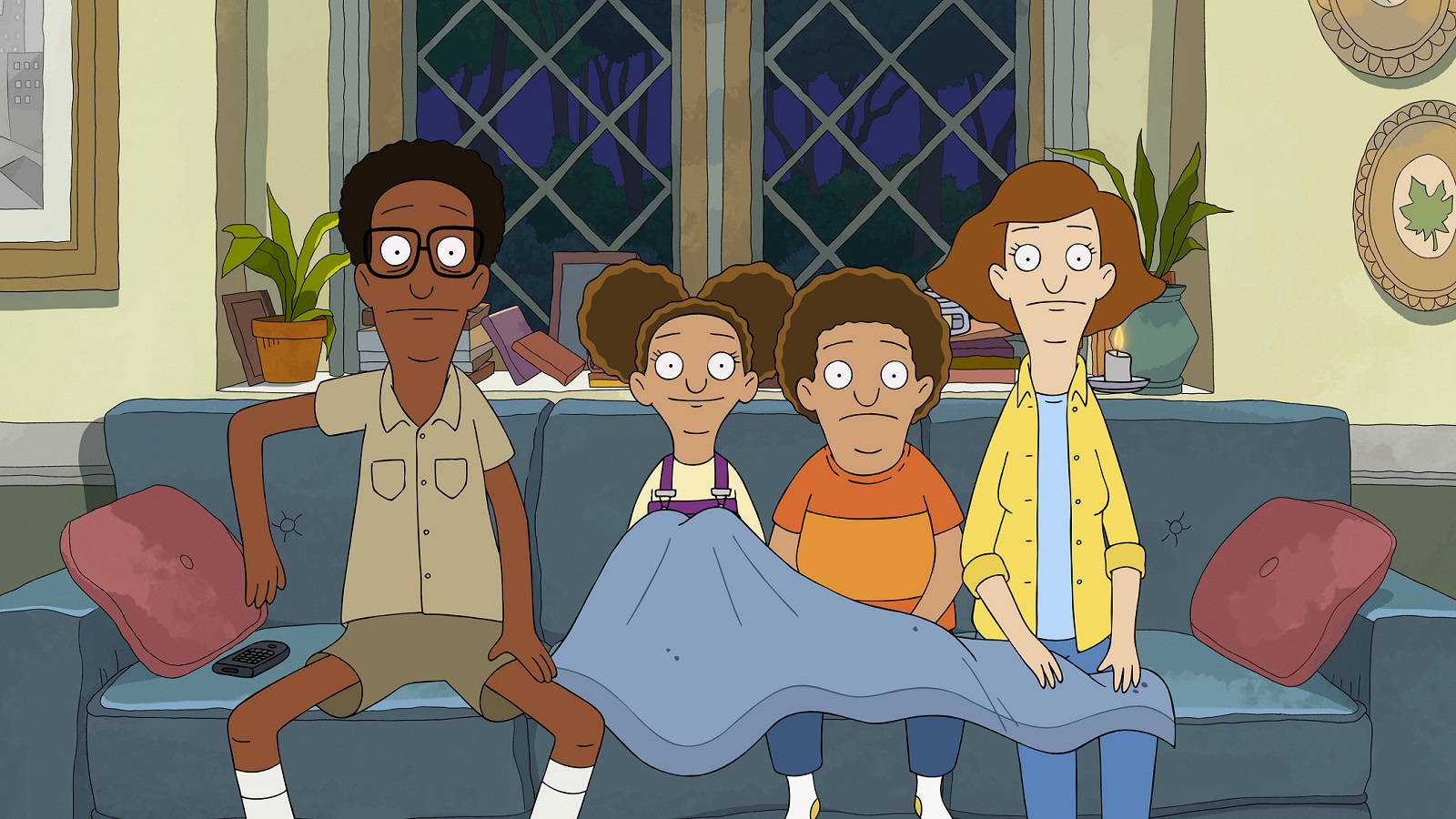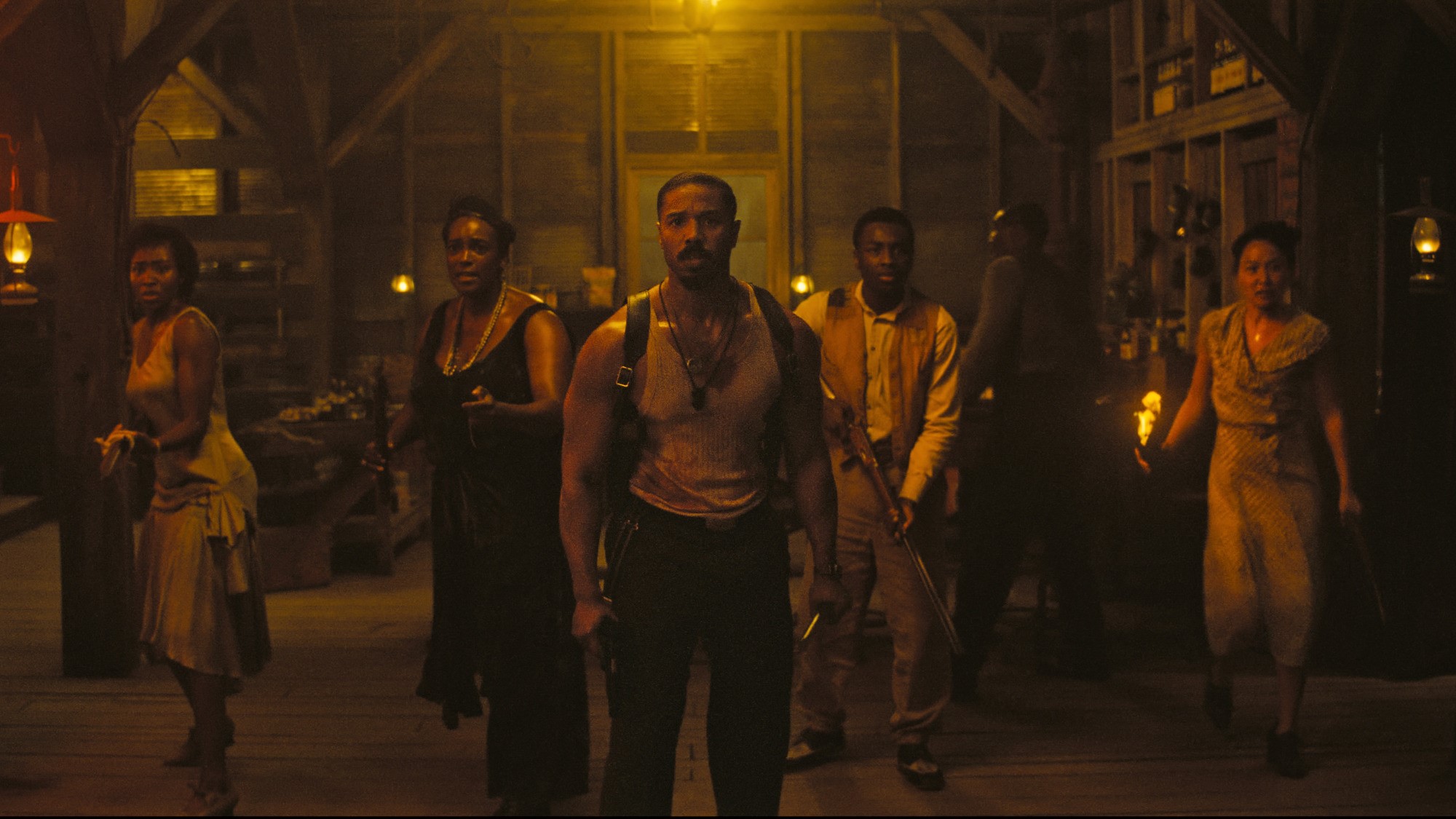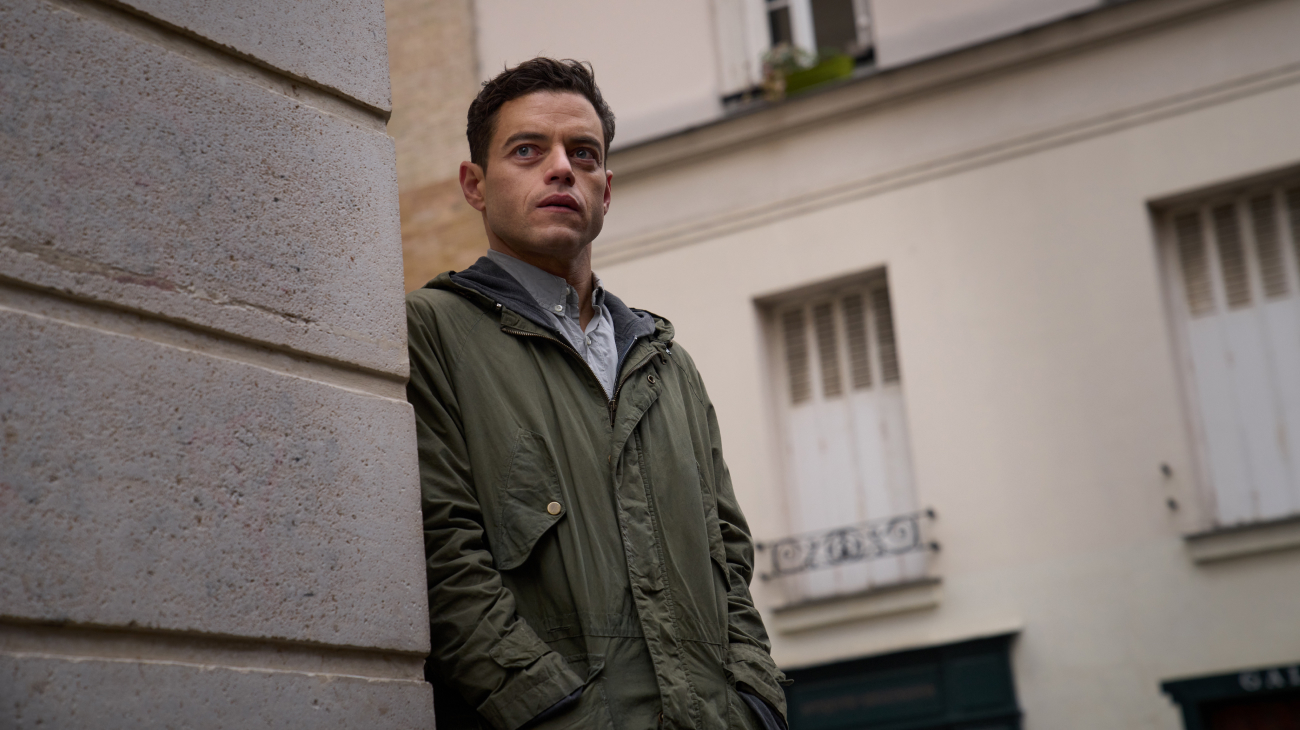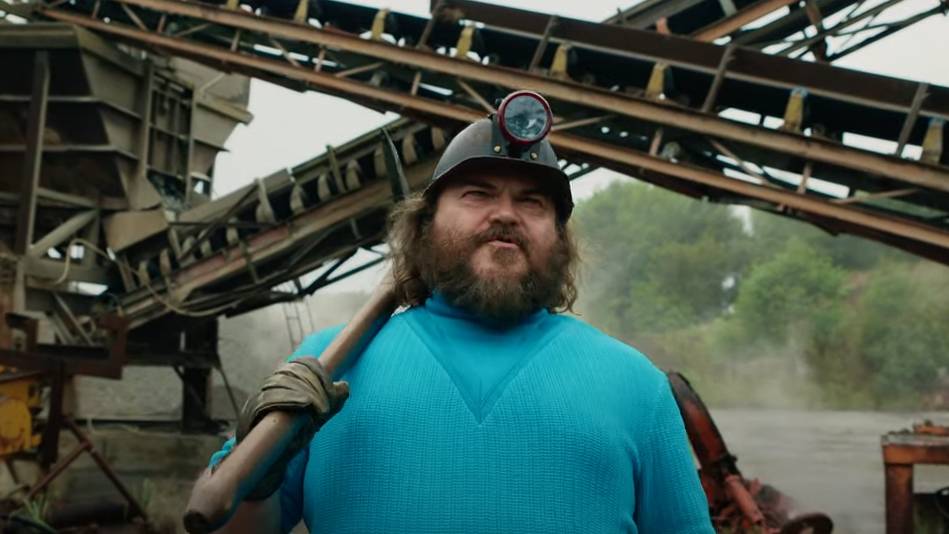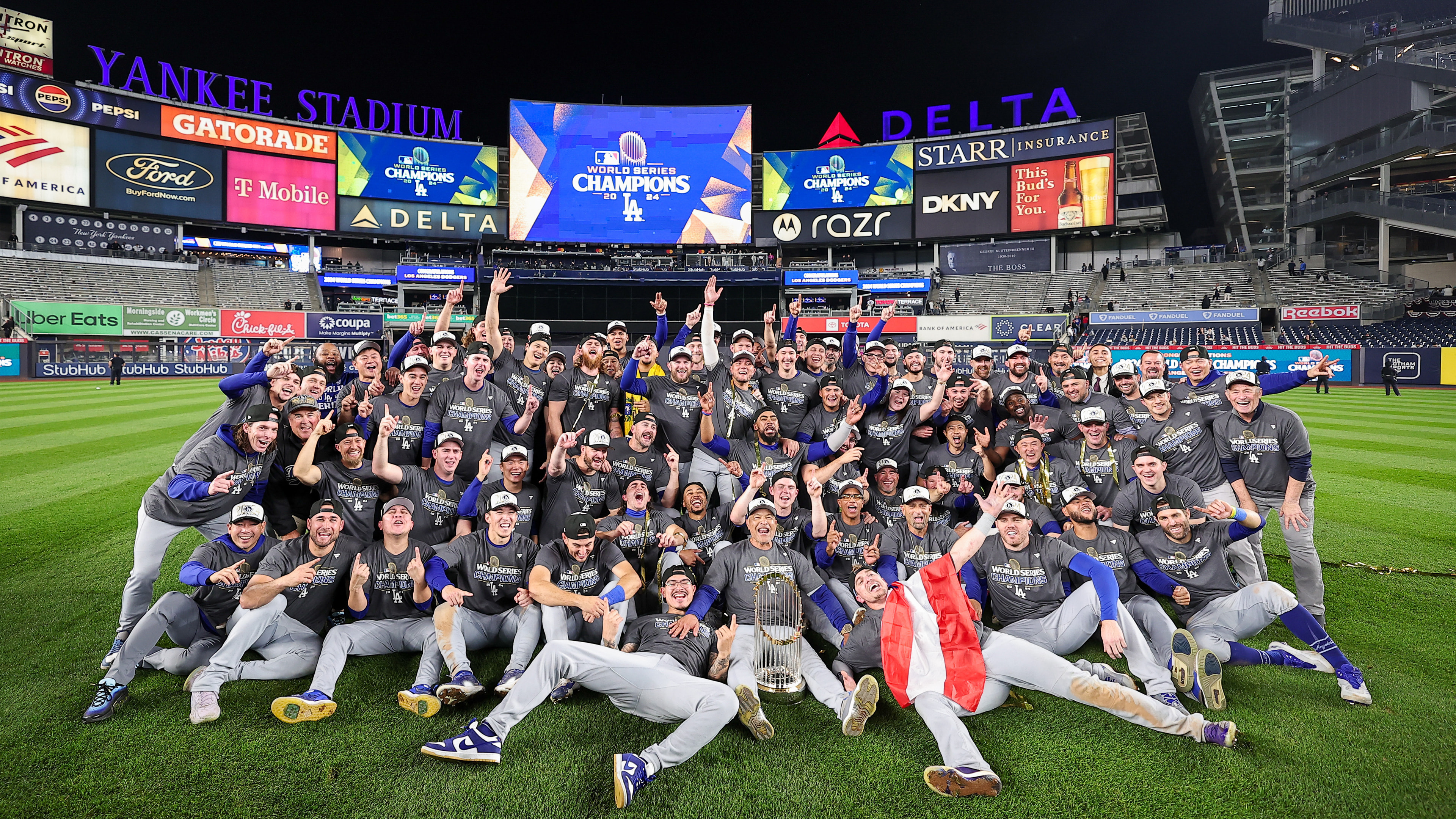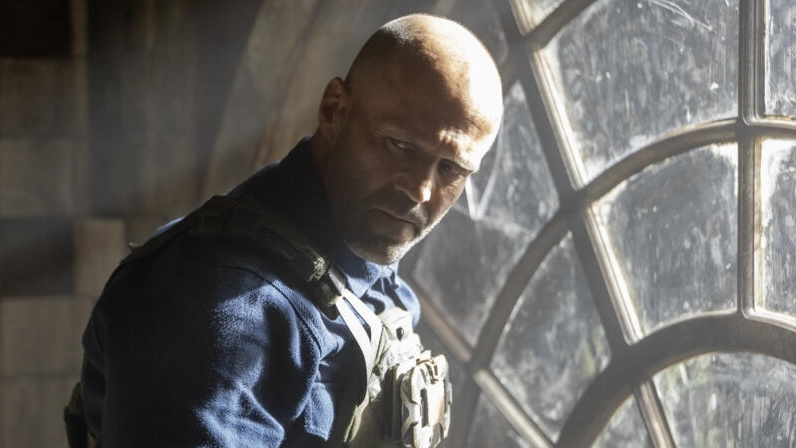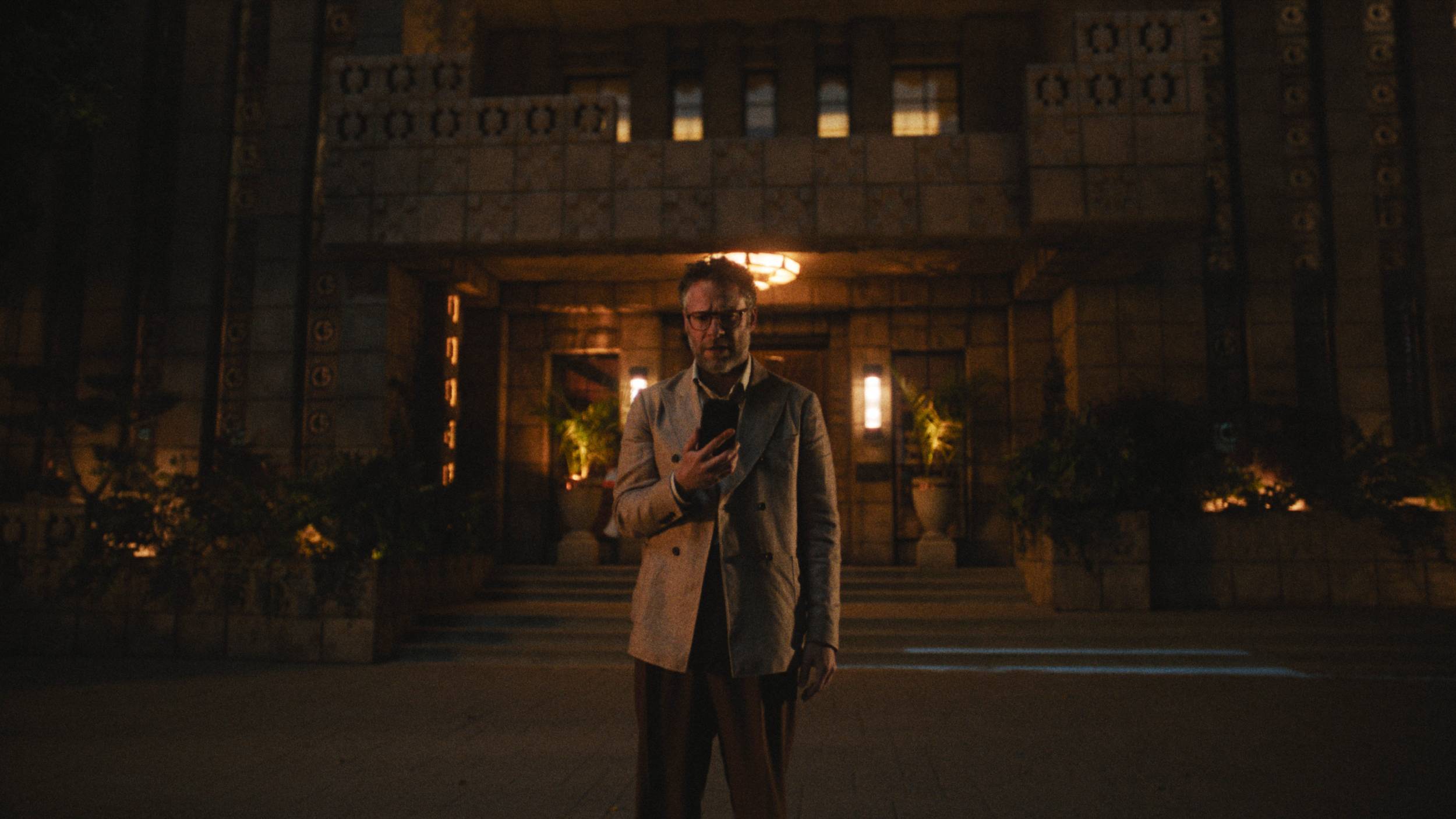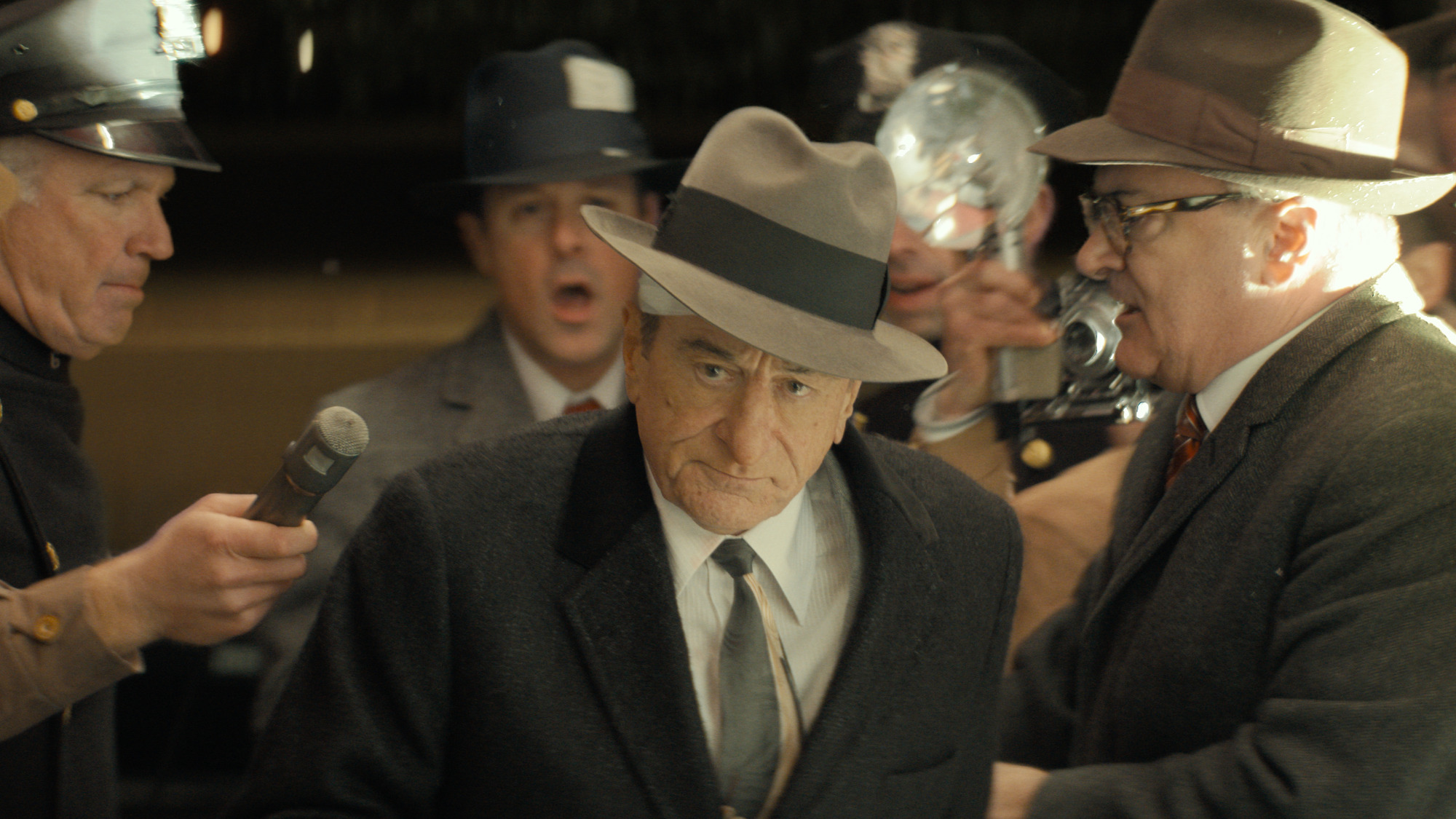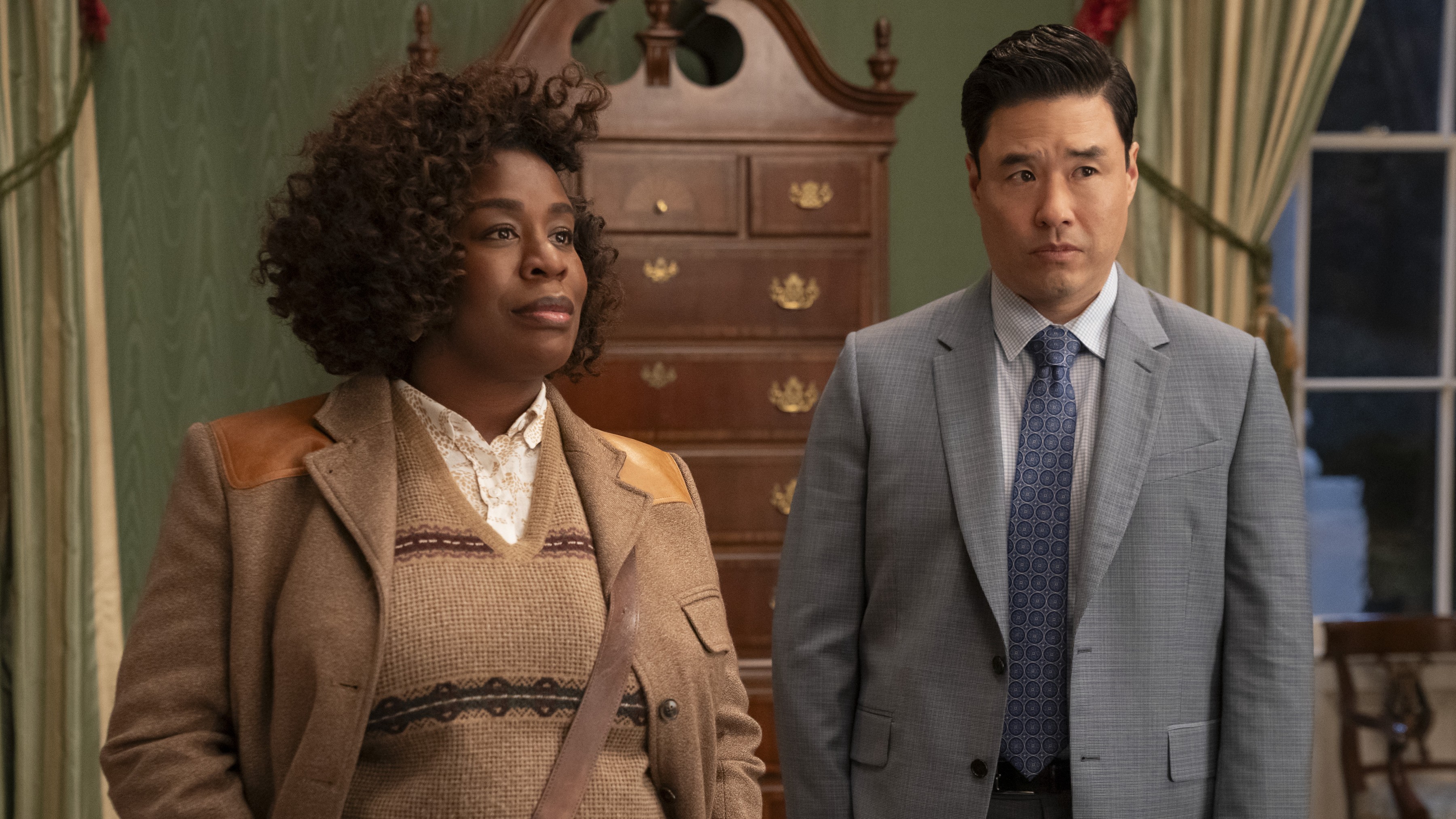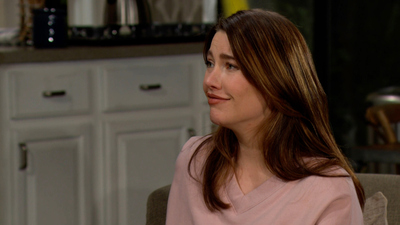What to Watch Verdict
'Central Park' hasn't lost its confidence in its second season, but some of its storytelling shifts continue to cause creative whiplash.
Pros
- +
🎤The songs continue to be standout elements of each episode.
- +
🎤The third episode breaks from tradition in remarkable fashion.
- +
🎤The recasting of Molly works creatively.
Cons
- -
🎤There's simply too much going on.
- -
🎤The characters voiced by Stanley Tucci and Daveed Diggs feel superfluous so far.
- -
🎤By breaking tradition, the third episode spotlights some creative flaws in the show's structure.
This post contains spoilers for Central Park.
The first season of the Apple TV+ animated musical comedy Central Park offered a moderate twist on the fast-paced, whip-smart, and sly charms of Bob’s Burgers, from the same production and animation team. Central Park, like Bob’s Burgers, featured a quirky family of four at the center of the action, with an outrageously rich and divorced-from-reality landowner hovering over the storyline. But Central Park is specifically a musical, unlike Bob’s Burgers, which threw in songs here and there over time. Where the first season got slightly bogged down with plot mechanics related to a possible takeover of the eponymous NYC landmark, the second season gets off on a slightly stronger foot.
The first three episodes, all of which premiere on Friday, June 25 on Apple TV+ offer a surprisingly wide breadth of storytelling, including the third installment breaking format fairly emphatically. If there’s anything continuing to hold Central Park back from being on the same qualitative level as the Apple TV+ comedy Ted Lasso, it’s that there remains a sense of overly busy storytelling. The Tillerman family at the core of the show — Central Park’s parks-and-recreation lead Owen (voiced by Leslie Odom, Jr.), his intelligent and manic wife Paige (Kathryn Hahn), comic-book-obsessed daughter Molly (Emmy Raver-Lampmann), and nerdy son Cole (Tituss Burgess) — is well-established enough and a lot of fun to watch as they bounce off each other through each of the first three installments. In “Central Dark”, as the title implies, a massive blackout strikes the tri-state area, leading the quartet to devolve into in-fighting when they attempt to play a Salem Witch-themed board game to stave off boredom after their favorite crime procedural goes off the air.
But throughout the first two episodes, also including “Mother’s Daze”, in which Owen and his kids strive to create the perfect Mother’s Day for Paige, there’s also the plots related to the tyrannical and diminutive Bitsy Brandenham (Stanley Tucci) and her assistant Helen (Daveed Diggs). Aside from the surface-level humor of hearing Tucci and Diggs voicing female characters, with the general “Bitsy wants to purchase Central Park for her selfish reasons” plotline seemingly resolved, it’s difficult to understand why exactly these characters are still part of the show. “Central Dark”, to its immense credit, gives Diggs the chance to lay down a very witty rap about Weehawken, New Jersey. And Helen’s continued frustration with Bitsy is effective enough – far more so than Bitsy’s mostly one-note villainy. But considering that Central Park keeps these two stories separate in its first two episodes, and also has to deal with the return of its street-busker narrator (Josh Gad, one of the show’s co-creators), there’s just too much going on.
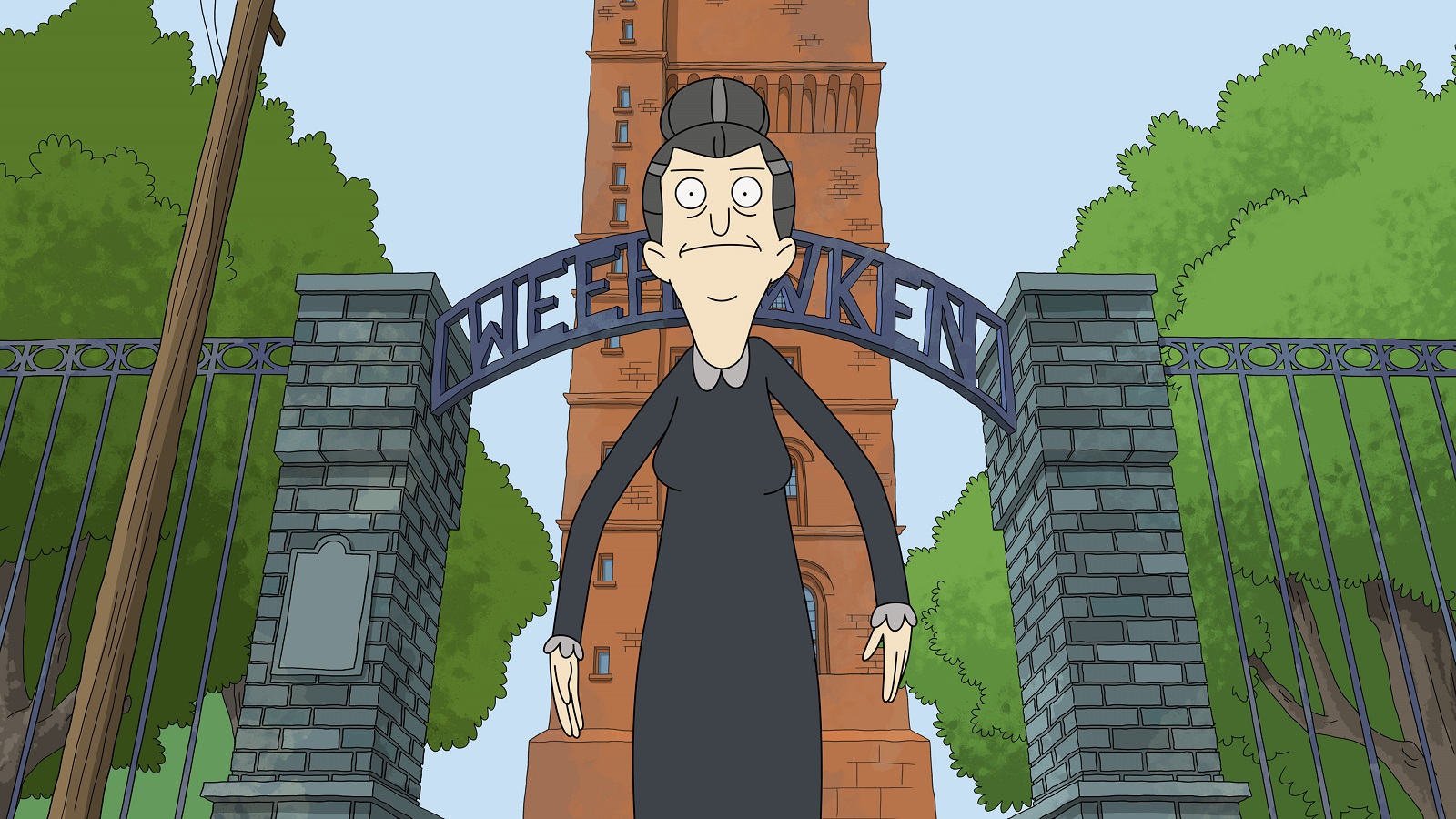
Nowhere is it clearer that there’s too much going on than in the third installment, “Fista Puffs Mets Out Justice”. Molly isn’t a total non-entity in the first two episodes, but nowhere is the recasting of the character more notable than in this episode. If your memory is long enough, you may recall that Molly was originally voiced by Kristen Bell in the show’s first season. Aside from creating a fun little Frozen reunion between Gad and Bell, the casting of Bell was immensely racially controversial. Molly is a biracial character who was inexplicably being voiced by a talented, yes, but extremely white woman, with absolutely no creative reason built in. After the season aired, the producers corrected the problem by bringing in Raver-Lampmann (who, like Diggs, cut her teeth on stage in Hamilton). Molly is front and center in the third episode, which is primarily animated a la her self-drawn comic books.
This episode is more instantly distinctive than the other two, which have easy enough setups and premises to wrap your head around. But “Fista Puffs Mets Out Justice” (and since a chunk of the fantasy takes place in the Metropolitan Museum of Natural History, it’s not a typo in place of “Metes”) also shifts its focus so drastically that it’s a bit jarring. Where the first two episodes have fairly standard A- and B-plots, balanced between the Tillerman family and the exploits of Bitsy and Helen. Here, the episode isn’t just squarely focused on Molly; the first 10 minutes of the 23-minute episode don’t even feature the rest of her family. 10 minutes doesn’t seem like a long time, but when you have this many characters to balance typically, plus stories, plus songs, 10 minutes feels like a lifetime.
As ballsy as this third episode is, it speaks to the storytelling trappings that continue to hold Central Park back from being truly great or memorable. Bob’s Burgers has a massive ensemble, but the show’s never really hinged on its plots. The setup of Bob’s Burgers is that there’s a goofy, quirky family that owns a burger shop, and they’re part of a larger, weirder town. Central Park has a goofy, quirky family. But it also has a similarly goofy, quirky villain -- whose villainy in the first three episodes seems much vaguer than in the first season -- and an attempt to weave in intricate stories that aren’t nearly as fascinating as specific explorations into character neuroses.
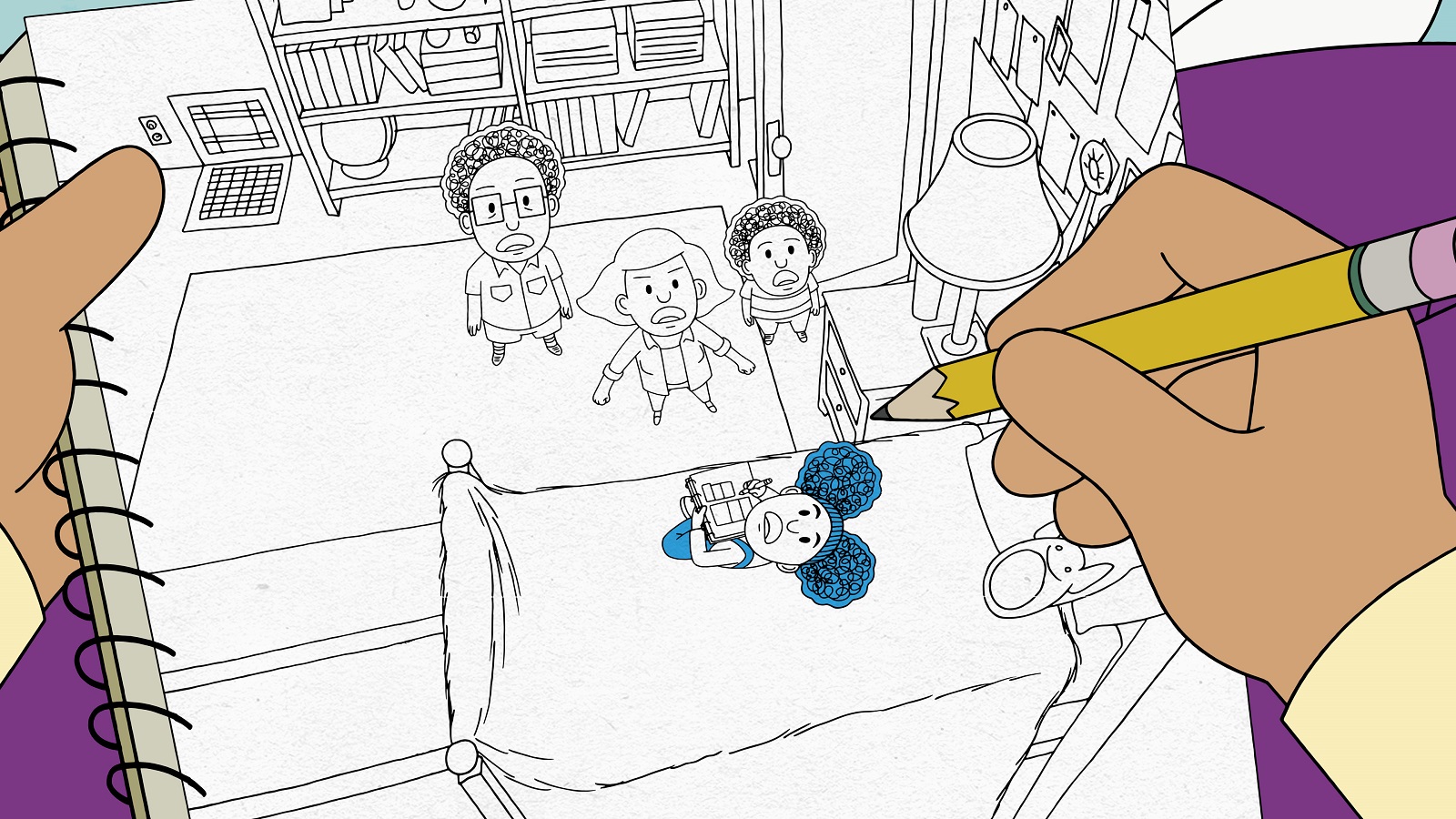
“Fista Puffs Mets Out Justice” is the kind of episode you can’t do too often in a season of television. (Though there are still five episodes left in the season, so maybe the writers will pull off this surprise more than once.) But the shift from a more traditional style of story into such a single-minded episode only proves that what the show is doing regularly isn’t nearly as effective, at least not yet. One wonders if part of the issue comes down to having such a good cast that the writers feel like they have to use; you don’t cast Stanley Tucci and Daveed Diggs in your show without giving them some material to work with. (Diggs has another rap in the second episode, as Helen struggles to take a day off and just relax, again highlighting the immense talents he has.) But Bitsy and Helen are so divorced from the rest of the show that they could easily be lost or turned into flat-out recurring characters that it wouldn’t make the show suffer.
Central Park has many ingredients to be a great show. And it’s a better problem to have, perhaps, that there’s too many good aspects of a program than not enough. But what this show continues to need a better, more tightly honed focus. The first three episodes of the new season are effective enough, though it’s an interesting choice for Apple TV+ to release all three at the same time, because the last of them may have a slightly more jarring effect on the audience than may be ideal. This show’s on solid footing as it kicks off its second season (and a third season has already been ordered). But it has room to grow.
Josh Spiegel is a freelance cultural critic who has been published in Slashfilm, SyFy, ScreenCrush, The A.V. Club, The Hollywood Reporter, The Washington Post and others. His favorite films include Singin’ in the Rain, The Rocketeer, Pinocchio and A Matter of Life and Death. His favorite TV shows include Ted Lasso, Only Murders in the Building, Deadwood and Lost. He lives in Phoenix with his wife, two sons and too many cats.
